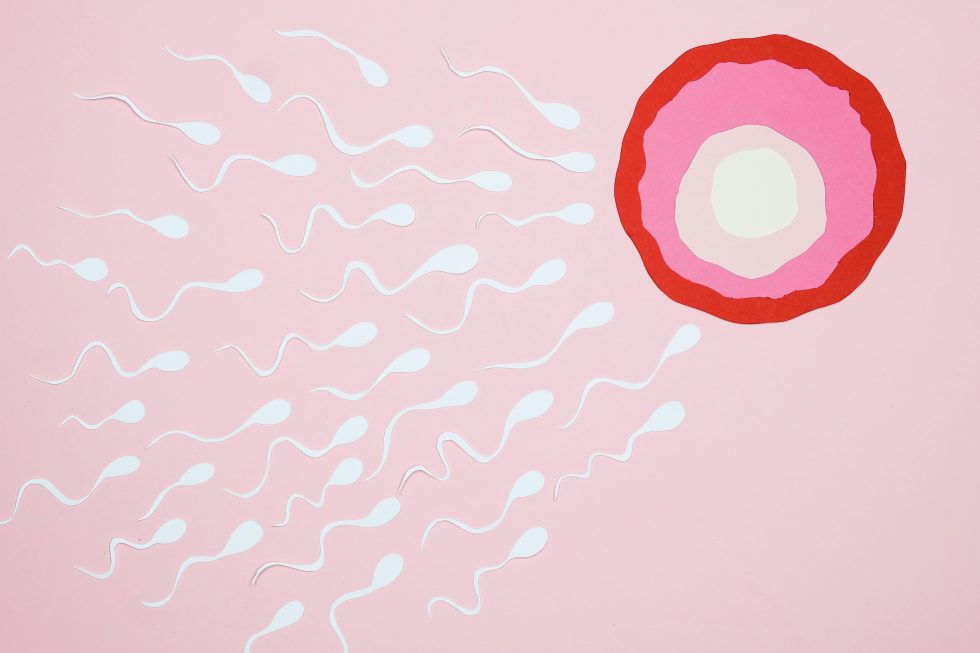Sperm count, motility, and morphology are important factors that can affect male fertility. Let me explain each of these terms and their impact on fertility:

1. Sperm count: Sperm count refers to the number of sperm cells present in a given sample of semen. A normal sperm count is typically considered to be around 15 million sperm per milliliter or higher. If the sperm count is lower than this threshold, it is known as oligospermia. A low sperm count can reduce the chances of fertilizing an egg, making it more difficult for a couple to conceive.
2. Sperm motility: Sperm motility refers to the ability of sperm cells to move and swim effectively. It is crucial for sperm to have good motility in order to reach and penetrate the egg for fertilization. Sperm with poor motility may have difficulty reaching the egg, reducing the chances of successful fertilization. Motility is usually assessed by evaluating the percentage of sperm that exhibit progressive forward movement.
3. Sperm morphology: Sperm morphology refers to the size, shape, and structure of sperm cells. Normal sperm have a specific shape and structure that allows them to swim efficiently and penetrate the egg. Abnormalities in sperm morphology, known as teratozoospermia, can affect fertility by reducing the sperm’s ability to reach and fertilize the egg.
All three factors, sperm count, motility, and morphology, are important for successful conception. A comprehensive semen analysis is typically performed to evaluate these parameters. If any of these factors are found to be abnormal, it may indicate an underlying fertility issue. However, it’s important to note that fertility is a complex issue, and other factors, both in males and females, can also contribute to difficulties in conceiving. If you have concerns about fertility, it is recommended to consult with a healthcare professional or a fertility specialist https://mfcfamily.com for a thorough evaluation and appropriate guidance.
